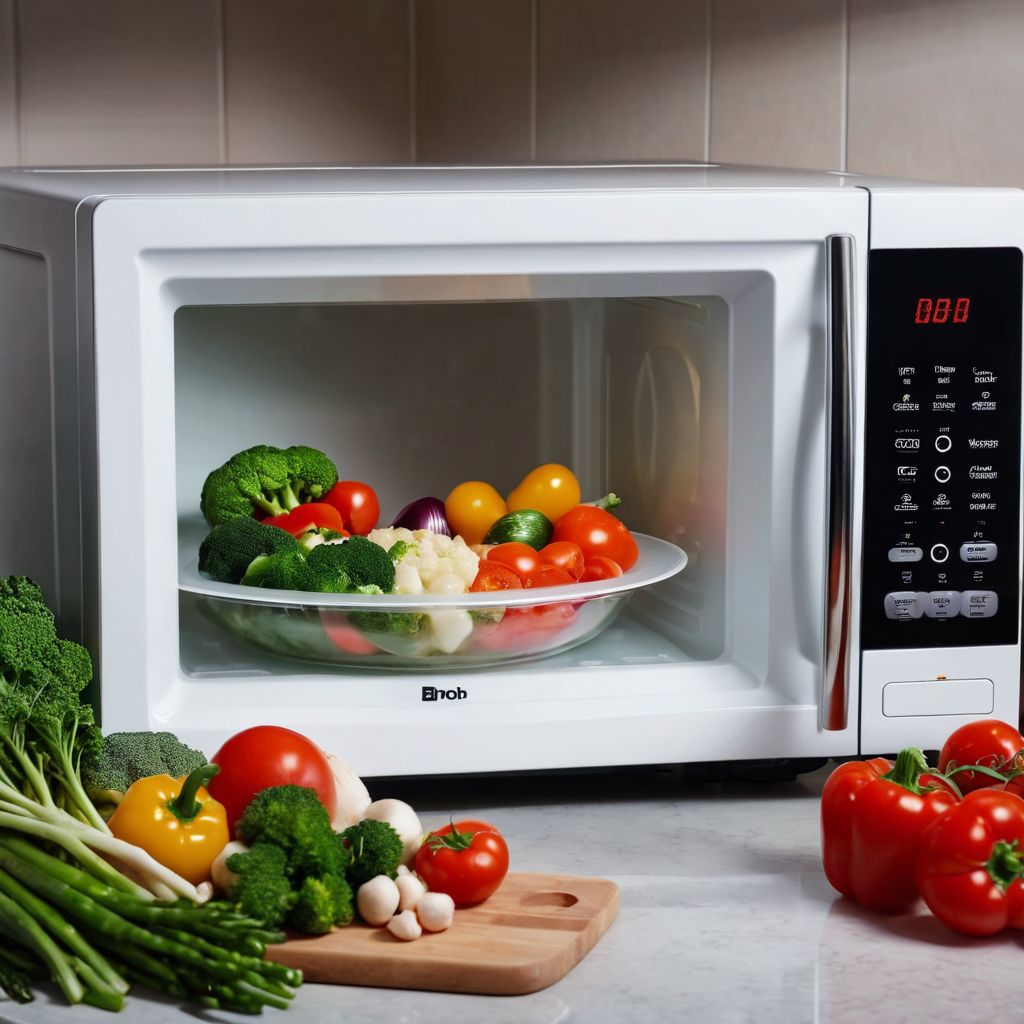Cooking with Microwave: Pros and Cons
As technology continues to advance, so do our cooking methods. The microwave has become a staple in many households, as it offers a quick and convenient way to cook food. However, there are both pros and cons to cooking with a microwave, particularly when it comes to cooking frozen vegetables.

Pros:
- Convenience: One of the biggest advantages of using a microwave to cook frozen vegetables is convenience. Microwaves are fast and easy to use, making them a great option for busy weeknights. Simply place the frozen vegetables in a microwave-safe dish, add a little water, and cook for a few minutes.
- Energy efficiency: Microwaves are also more energy-efficient than traditional stovetop or oven cooking methods. They use less energy to cook food, which can help to save money on your electricity bill.
- Preservation of nutrients: Some studies suggest that microwaving frozen vegetables can actually help to preserve their nutrients better than other cooking methods. This is because microwaves cook food more gently, which can help to prevent nutrient loss.
Cons:
- Uneven cooking: One of the biggest drawbacks of using a microwave to cook frozen vegetables is uneven cooking. Microwaves cook food from the inside out, which can result in a mushy center and a crunchy exterior. This can be particularly problematic with frozen vegetables, as they often contain ice crystals that absorb the microwaves unevenly.
- Nutrient loss: While microwaving frozen vegetables may help to preserve some nutrients, it can also lead to nutrient loss in other areas. This is because microwaves can cause vegetables to break down and release their nutrients into the cooking water, which can be lost during draining.
- Texture issues: Another issue with using a microwave to cook frozen vegetables is texture. Microwaving can cause vegetables to become overcooked and lose their texture, which can affect their overall eating experience.
Alternative cooking methods:
If you’re concerned about the potential drawbacks of using a microwave to cook frozen vegetables, there are alternative cooking methods you can try. Steaming, roasting, and sautéing are all great options that can help to preserve the texture and flavor of your vegetables.
Steaming:
Steaming is a gentle cooking method that can help to preserve the nutrients and texture of your vegetables. Simply place the frozen vegetables in a steamer basket over boiling water, and cook for a few minutes until they’re tender.
Roasting:
Roasting is a great option for frozen vegetables, as it can help to crisp up the exterior and preserve the texture of the interior. Simply spread the frozen vegetables out on a baking sheet, and roast in the oven at a high temperature until they’re crispy and golden brown.
Sautéing:
Sautéing is a quick and easy cooking method that can help to preserve the texture and flavor of your vegetables. Simply heat a little oil in a pan, add the frozen vegetables, and cook over high heat until they’re tender and lightly browned.
In conclusion:
while microwaving frozen vegetables can be a convenient option, it’s not always the best choice. To ensure that your vegetables are cooked evenly and retain their nutrients and texture, it’s best to try alternative cooking methods such as steaming, roasting, or sautéing. By doing so, you can enjoy your vegetables in all their delicious and nutritious glory.

